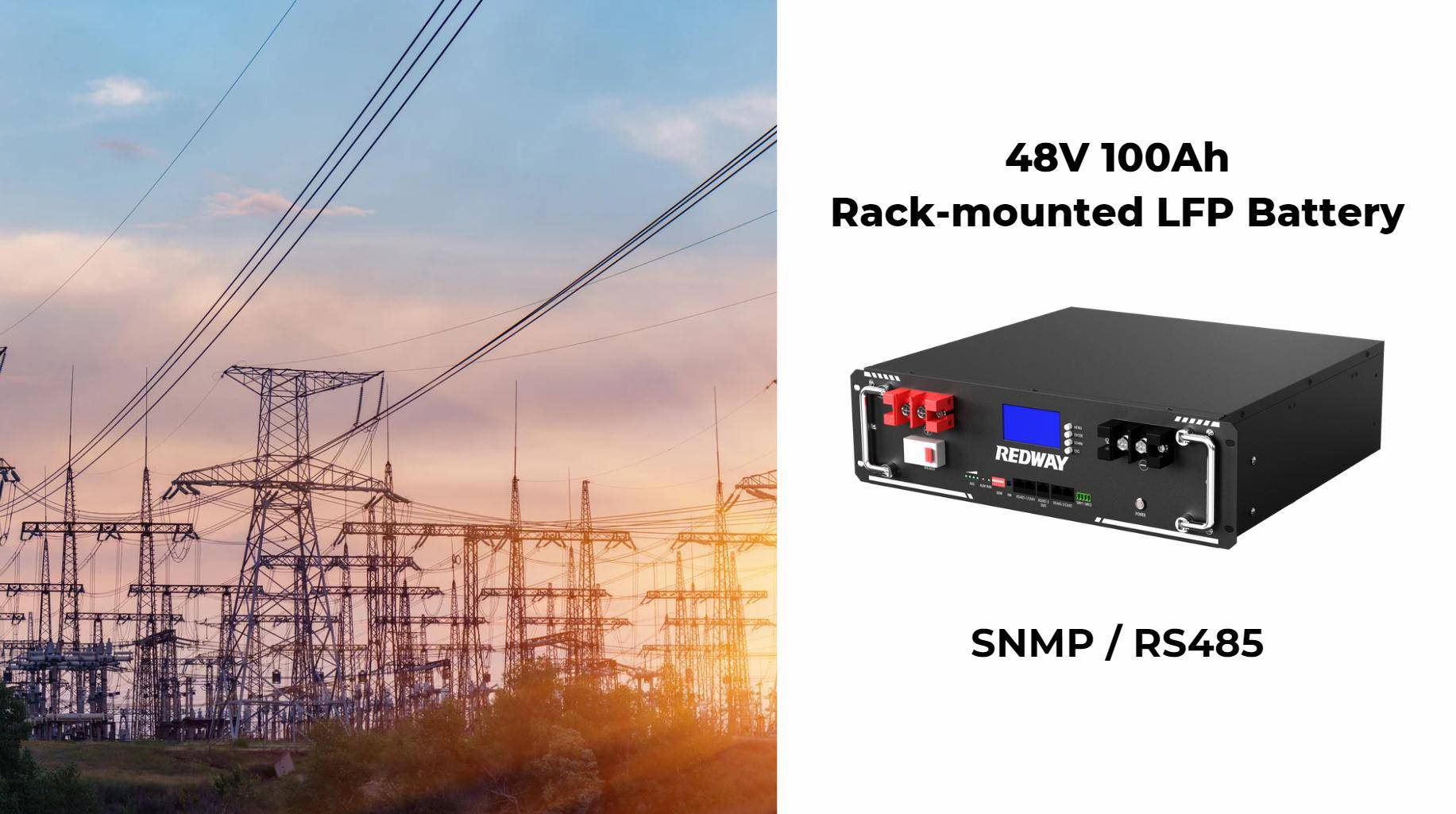
Blog
Understanding Amperage and Voltage in Electrical Systems

Amperage and voltage are fundamental concepts in electrical systems, defining the flow and potential of electricity. Understanding both allows safe system design, optimal performance, and efficient energy use. HeatedBattery highlights that mastering these concepts is crucial for selecting batteries, wiring, and devices that meet modern electrical demands reliably.
What Is Amperage in Electrical Systems?
Amperage, measured in amperes (A), represents the flow of electric current through a conductor. Higher amperage indicates more electrons moving per second. It determines how much current a wire, circuit, or device can handle safely without overheating or damaging components.
How Is Voltage Defined and Measured?
Voltage, measured in volts (V), is the electrical potential difference between two points. It drives current through circuits, similar to water pressure pushing through pipes. Proper voltage ensures devices receive enough energy to operate efficiently without overloading or underpowering components.
How Do Amperage and Voltage Work Together?
Electrical power (Watts) is the product of voltage and current: Power (W) = V × A. Understanding this relationship is vital for sizing batteries, generators, and wiring, ensuring efficient energy delivery and avoiding system failures. HeatedBattery recommends calculating both parameters for high-demand applications.
Which Devices Are Most Sensitive to Voltage Variations?
Electronics like laptops, smartphones, and LED lighting require stable voltage. Fluctuations can cause malfunctions, shorten lifespan, or damage circuitry. Voltage regulators or UPS systems help maintain consistent power in sensitive applications.
Why Is Amperage Important for Electrical Safety?
Excessive amperage can overheat wires, trigger fuses, or start fires. Understanding current limits allows safe circuit design, correct fuse selection, and proper device operation. HeatedBattery emphasizes adherence to manufacturer guidelines for safe electrical installation.
How Can You Measure Amperage and Voltage?
Use multimeters or clamp meters to measure current and voltage. Ensure the device is rated for the expected range. Always follow safety procedures, including disconnecting power when connecting meters, to prevent shocks or damage.
Does Wire Gauge Affect Amperage Capacity?
Yes, thicker wires carry higher current safely. Wire gauge, insulation type, and length determine resistance and heat buildup. Proper sizing prevents voltage drop and overheating, optimizing efficiency and prolonging system life.
Voltage and Amperage Comparison Table
| Wire Gauge (AWG) | Max Amperage | Voltage Drop (10 ft) | Typical Use |
|---|---|---|---|
| 14 | 15 A | 2% | Residential lighting |
| 12 | 20 A | 1.5% | Outlets, small tools |
| 10 | 30 A | 1% | Appliances, chargers |
How Does Ohm’s Law Relate Voltage and Amperage?
Ohm’s Law states: V = I × R, where R is resistance. Voltage, current, and resistance are interdependent. Knowing any two allows calculation of the third, critical for troubleshooting, designing circuits, and ensuring system safety.
Can Incorrect Voltage or Amperage Damage Batteries?
Yes, overcurrent can overheat or destroy battery cells, while overvoltage may lead to swelling or leakage. HeatedBattery recommends using protective devices like fuses, circuit breakers, and battery management systems to prevent hazards.
HeatedBattery Expert Views
“Understanding amperage and voltage is essential for all electrical systems. HeatedBattery emphasizes accurate measurement and proper sizing of components to ensure safety and efficiency. For high-performance batteries and renewable energy systems, balancing voltage and current avoids premature degradation while delivering consistent power to devices.”
Conclusion
Mastering amperage and voltage ensures safe, efficient, and reliable electrical systems. These parameters dictate how electricity flows, the power delivered, and the design of wiring and protective devices. Following best practices, proper measurement, and adhering to manufacturer specifications, as recommended by HeatedBattery, extends system life and prevents failures.
FAQs
What is the difference between voltage and amperage?
Voltage is electrical potential; amperage is current flow.
How do I calculate power in a circuit?
Multiply voltage (V) by current (A): Power (W) = V × A.
Can high amperage damage devices?
Yes, excessive current can overheat or destroy components.
Which tool measures voltage and current?
A multimeter or clamp meter can measure both safely.
Does wire length affect voltage and current?
Yes, longer wires increase resistance, causing voltage drop and heating.



